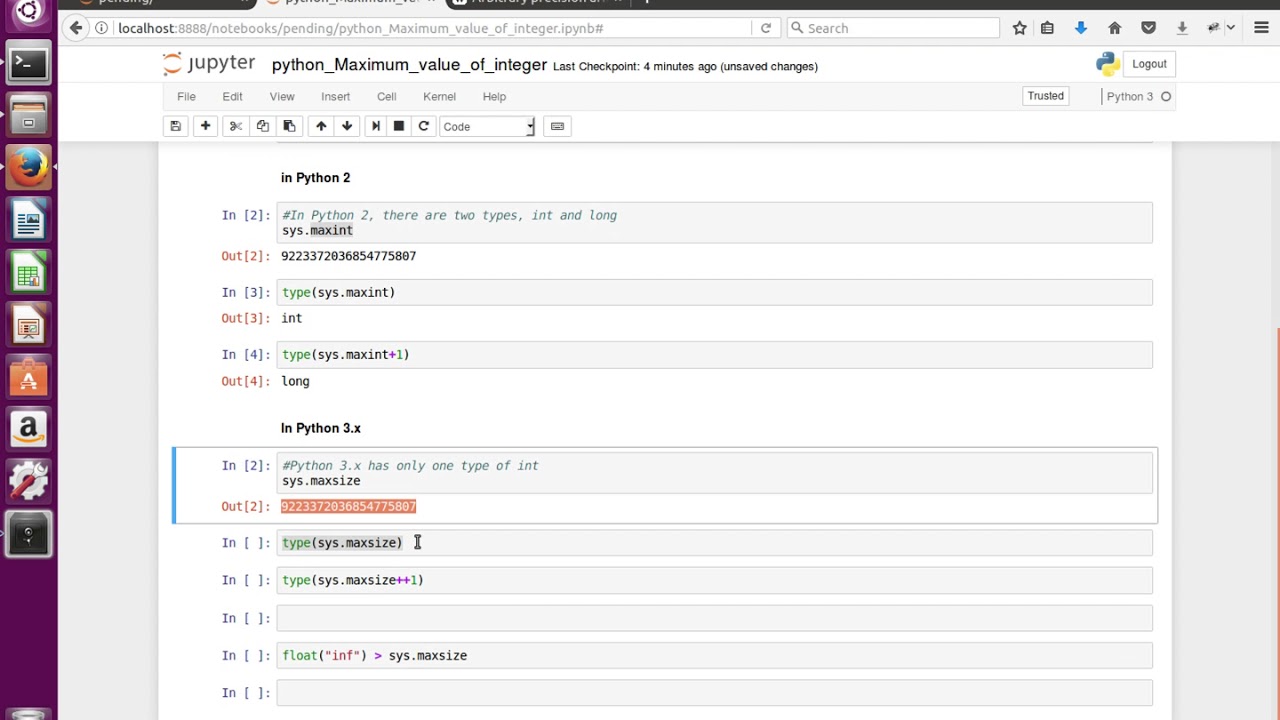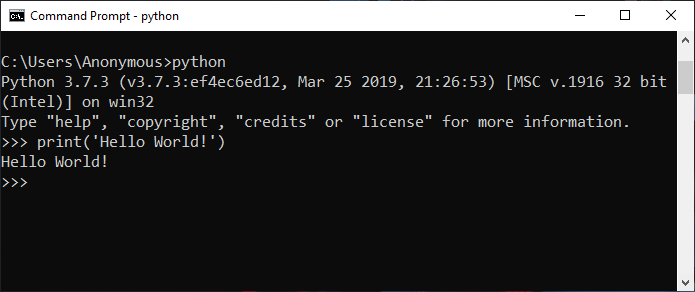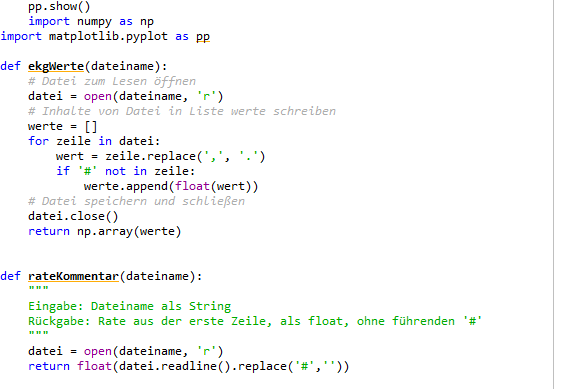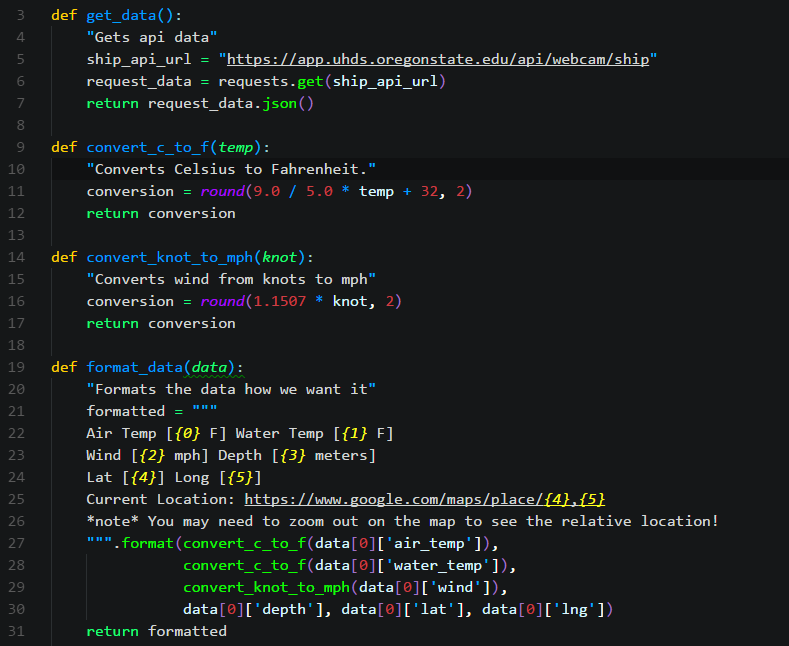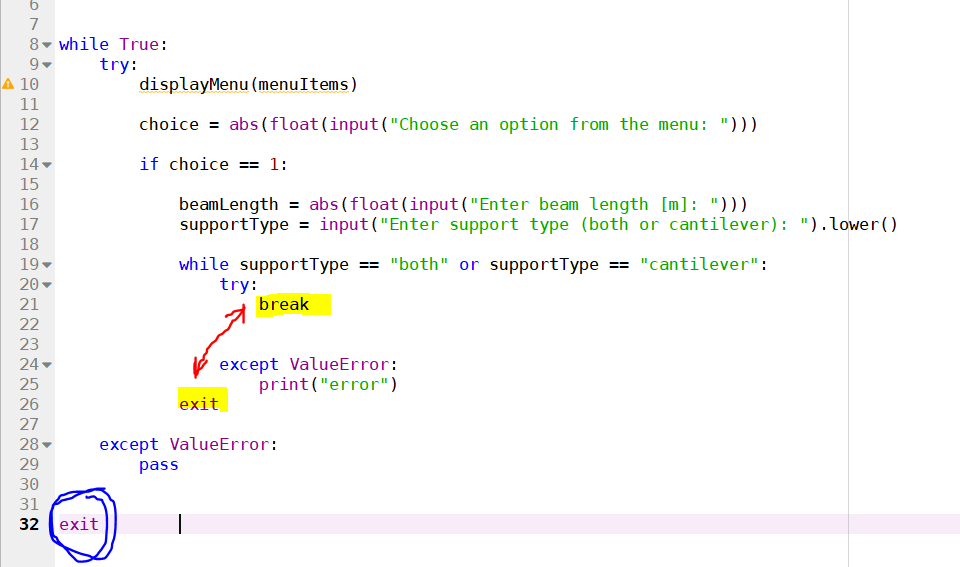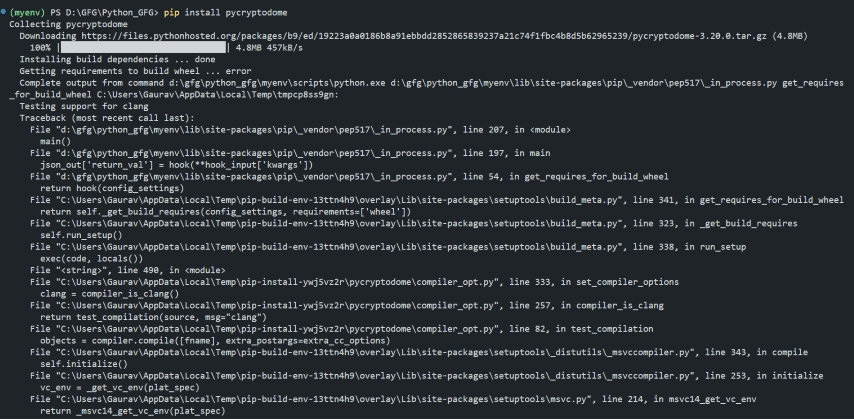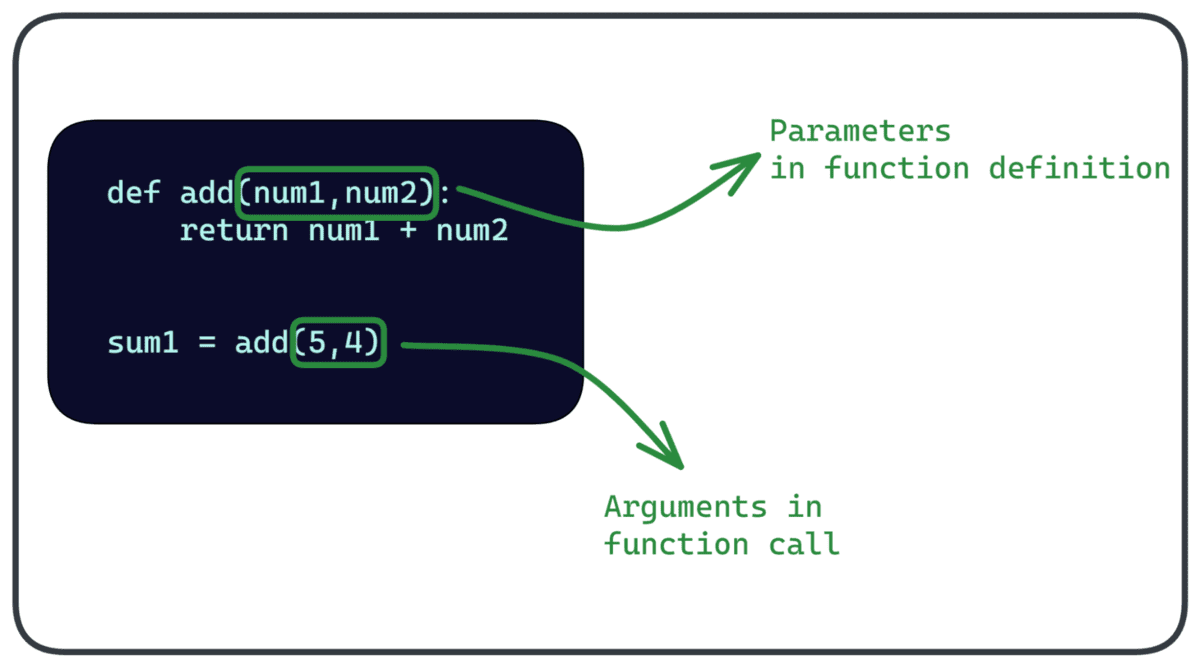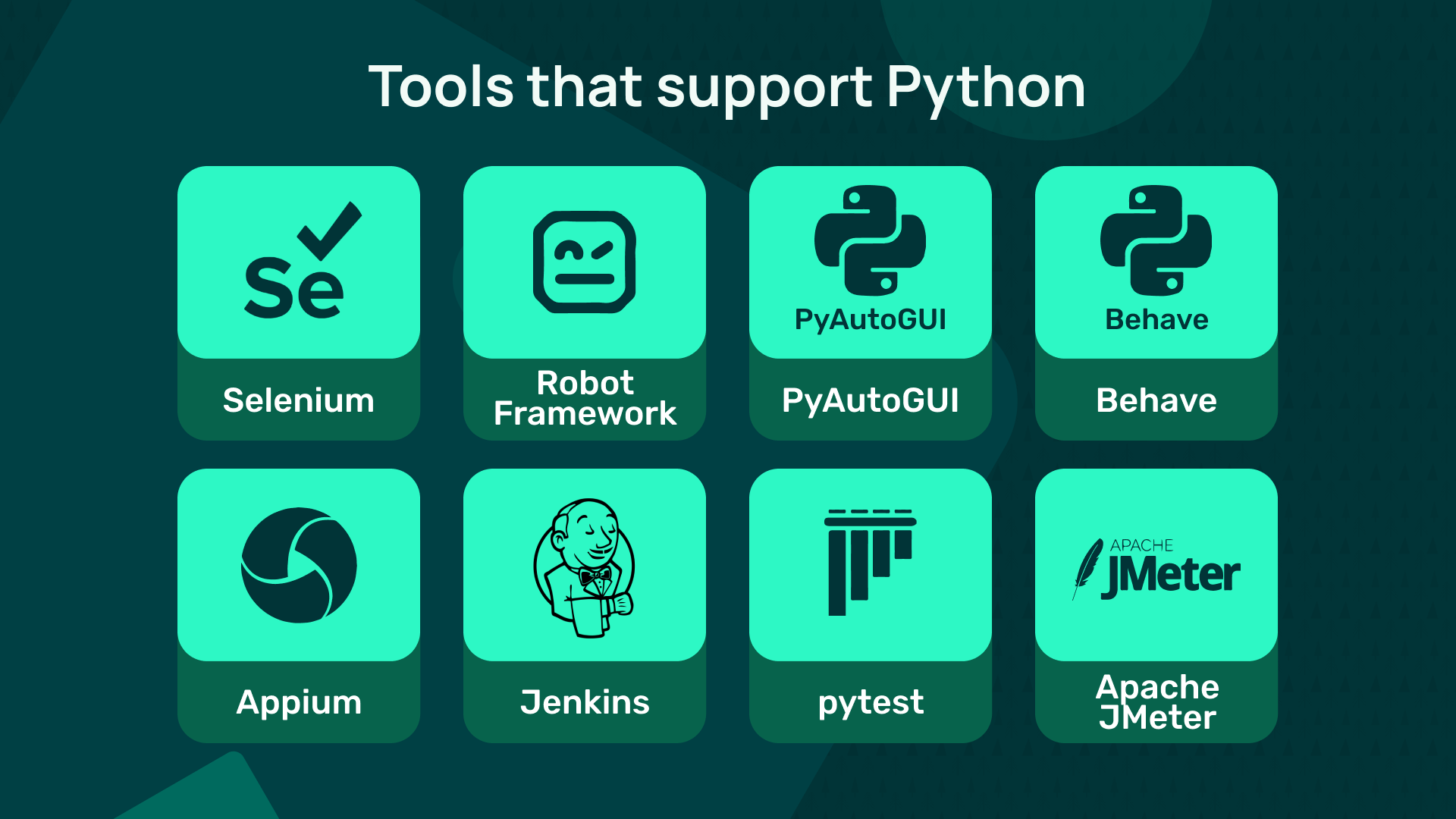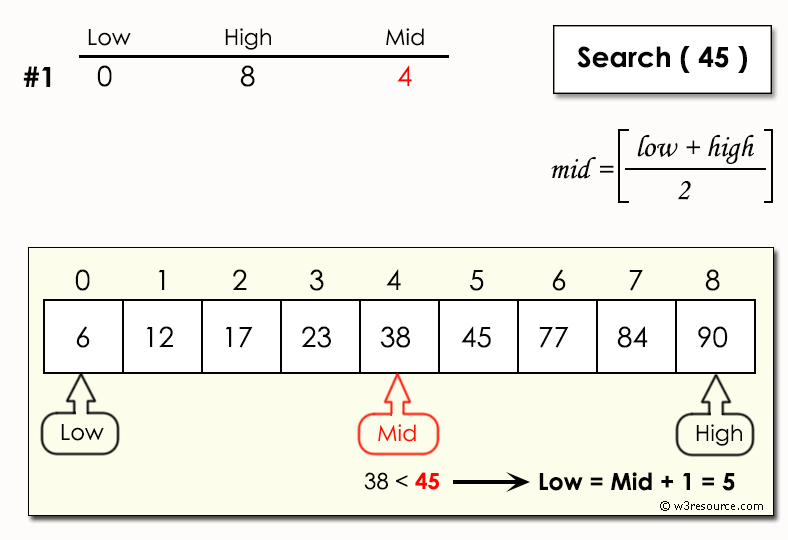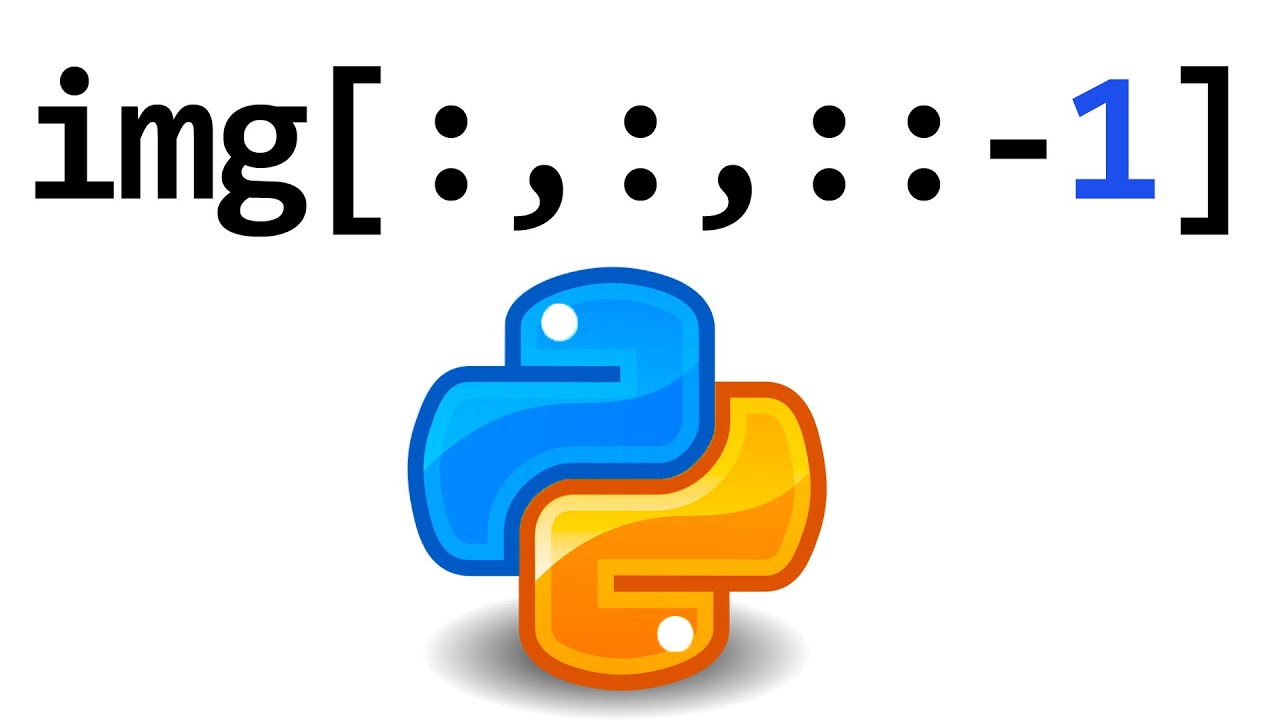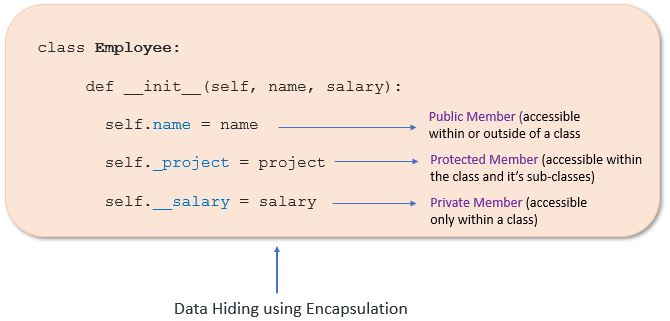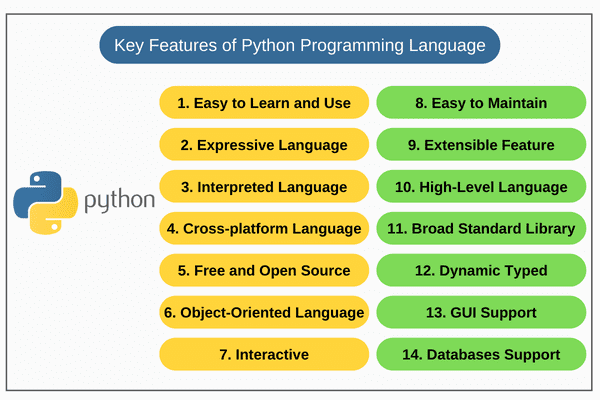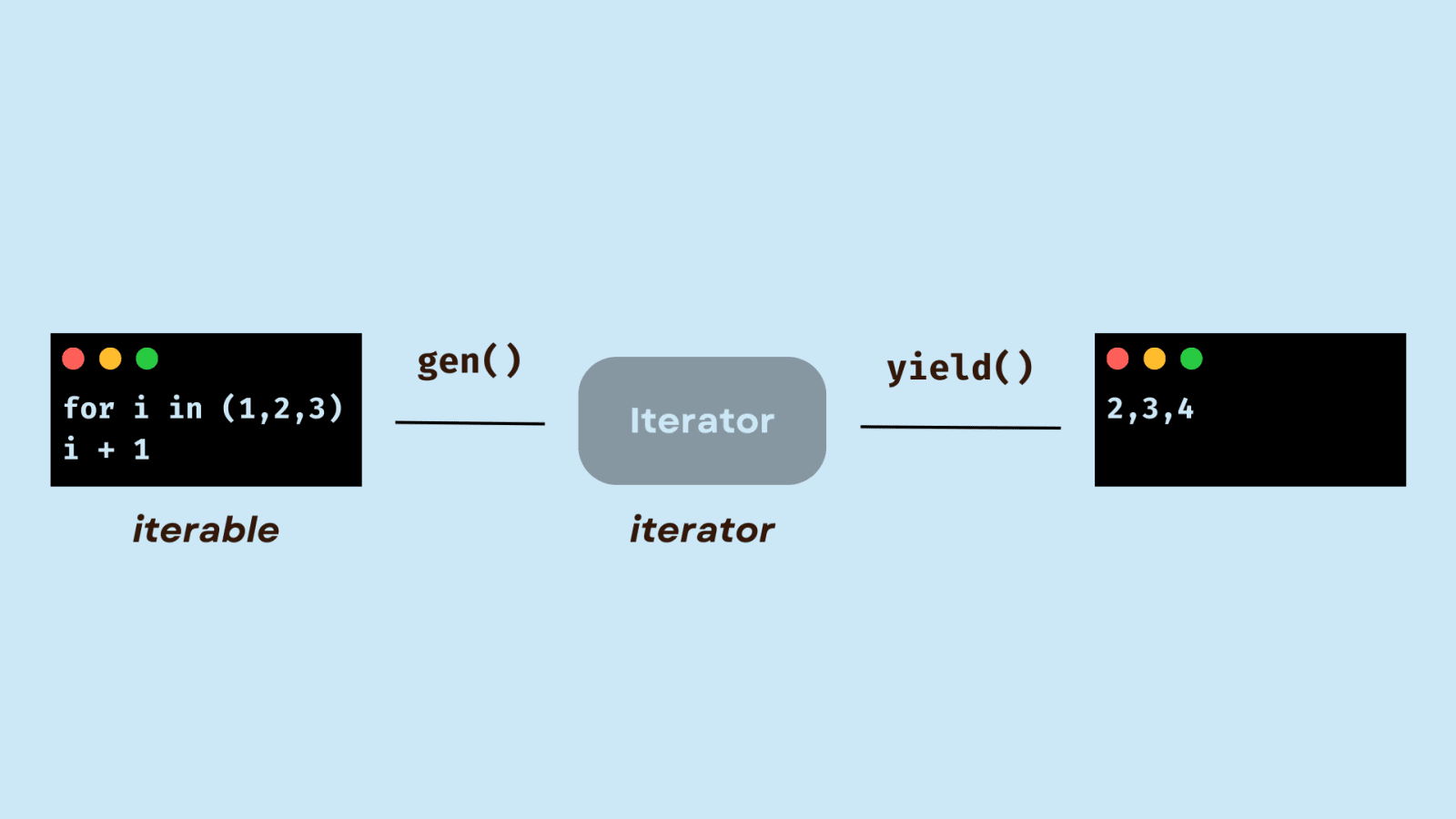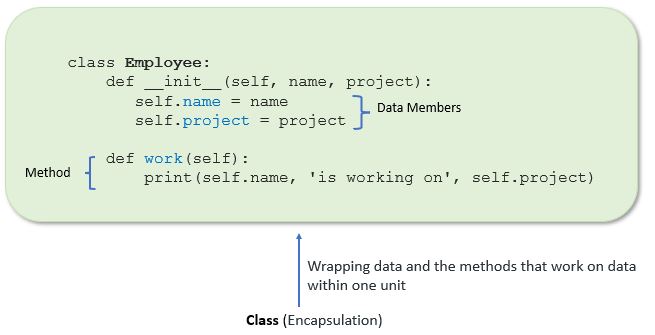How to install RPi GPIO library in Python?
How to install RPi GPIO library in Python?
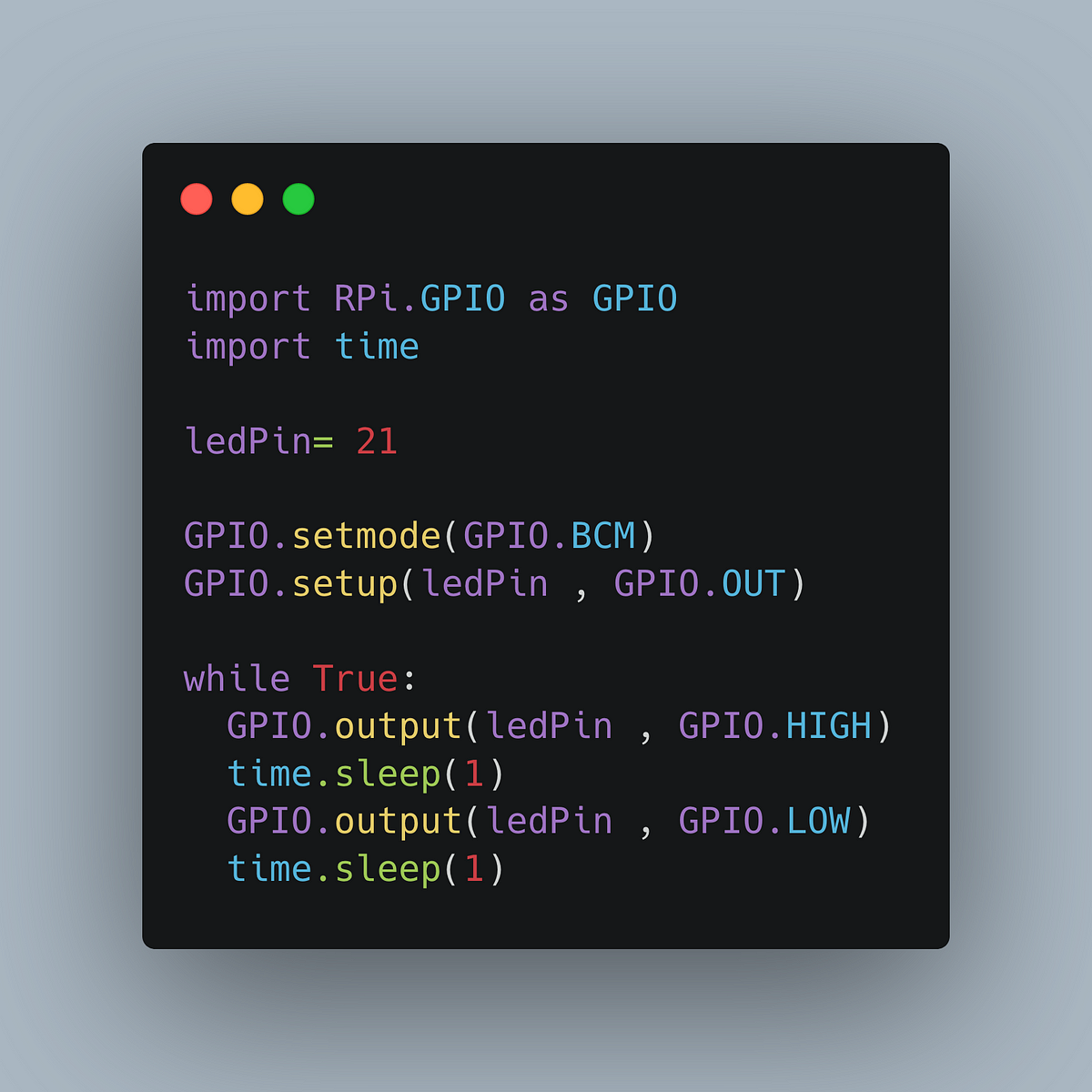
I'd be happy to help! Here's a step-by-step guide on how to install the RPi.GPIO library in Python:
Step 1: Install Raspbian OS
Before you can start using the RPi.GPIO library, you need to have Raspbian OS installed on your Raspberry Pi. You can download the latest version of Raspbian from the official Raspberry Pi website and follow the installation instructions.
Step 2: Update Your Package List
Once Raspbian is installed, you should update your package list by running the following command:
sudo apt-get update
This will ensure that your package list is up-to-date and ready for the next steps.
Step 3: Install Python
You need to have Python installed on your Raspberry Pi. If you're not sure if you have Python already, run the following command:
python --version
If you don't have Python, you can install it using the following command:
sudo apt-get install python
Step 4: Install RPi.GPIO
Now that you have Python installed, you can install the RPi.GPIO library. You can do this by running the following command:
sudo apt-get install rpi.gpio
This will download and install the RPi.GPIO library on your Raspberry Pi.
Step 5: Verify Installation
To verify that the RPi.GPIO library has been successfully installed, you can run the following Python script:
import RPi.GPIO as GPIO
print("RPi.GPIO is installed!")
If everything is set up correctly, this script should print "RPi.GPIO is installed!" to the console.
Step 6: Start Using RPi.GPIO
Now that you have the RPi.GPIO library installed, you can start using it in your Python scripts. Here's an example of how to use a GPIO pin:
import RPi.GPIO as GPIO
GPIO.setmode(GPIO.BCM)
pin = 17
GPIO.setup(pin, GPIO.OUT)
GPIO.output(pin, GPIO.HIGH)
print("Pin {} is HIGH!".format(pin))
Wait for 1 second
time.sleep(1)
Set the pin LOW
GPIO.output(pin, GPIO.LOW)
In this example, we're setting up GPIO pin 17 as an output, setting it to HIGH, and then waiting for 1 second before setting it back to LOW.
That's it! With these steps, you should now have the RPi.GPIO library installed on your Raspberry Pi and be able to start using it in your Python scripts.
What is RPi GPIO in Python?
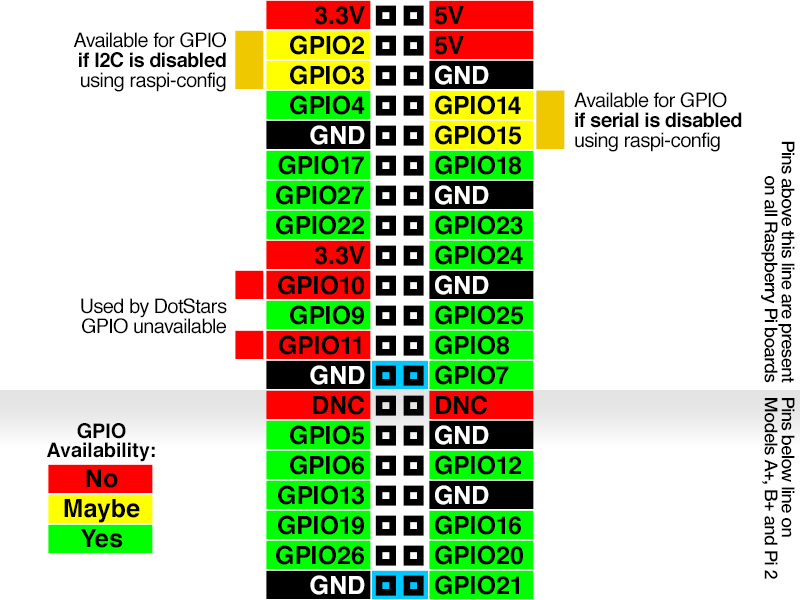
The Raspberry Pi (RPi) is a popular single-board computer known for its versatility and affordability. One of its most attractive features is the General Purpose Input/Output (GPIO) pins, which allow users to interact with the physical world by connecting external devices and sensors.
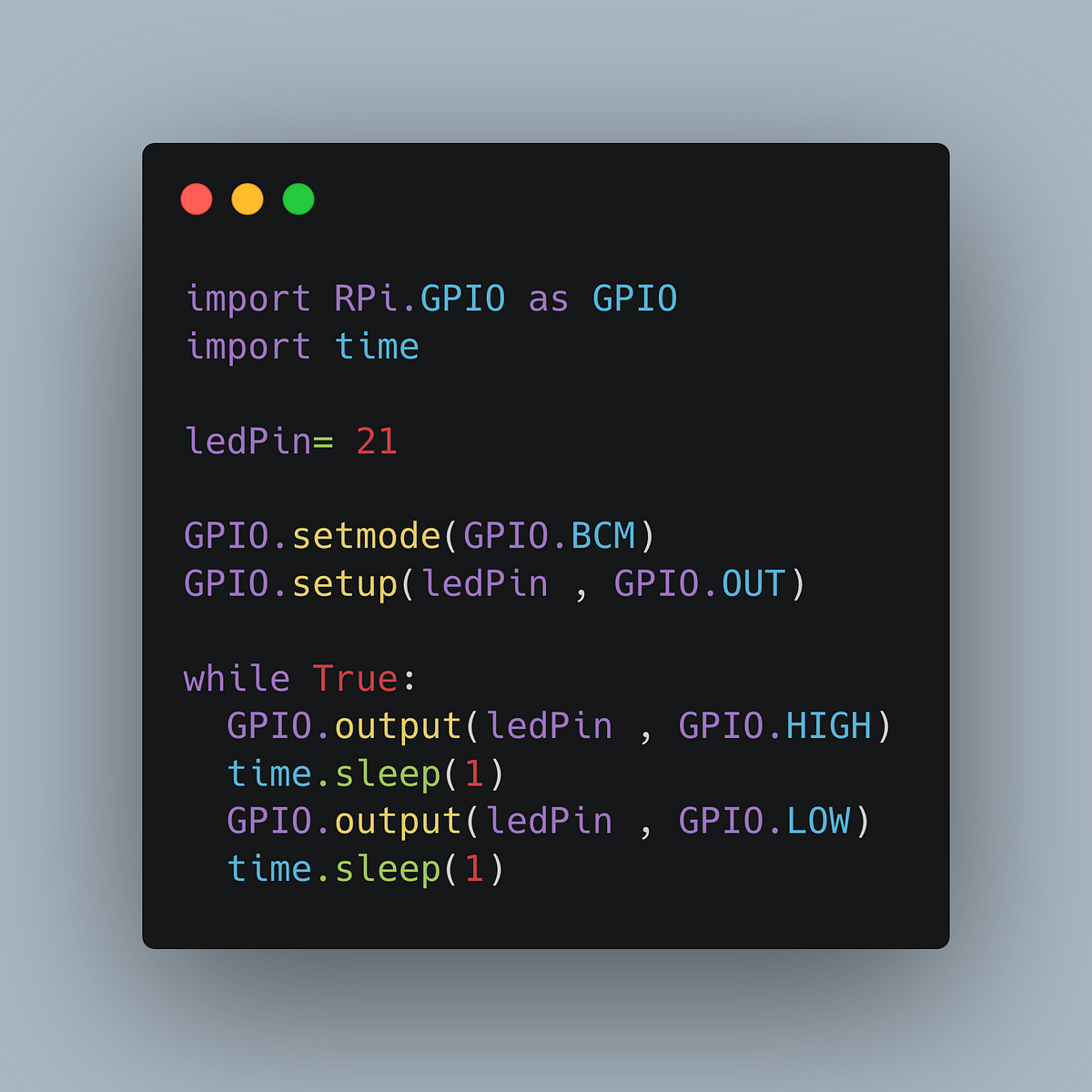
In Python, the RPi.GPIO library is used to control the GPIO pins and communicate with external devices. This library provides a simple and easy-to-use interface for reading and writing to the GPIO pins, making it an essential tool for any project that involves working with sensors, actuators, or other peripherals.
The RPi.GPIO library supports various features, including:
Input/Output Operations: The library allows you to read the state of a GPIO pin (input) or set its state as high (output) or low. Pulse Width Modulation (PWM): You can generate PWM signals on the GPIO pins using the RPi.GPIO library, which is useful for controlling DC motors or other devices that require PWM control. Interrupt Handling: The library supports edge detection and interrupt handling, allowing you to detect changes in a GPIO pin's state without constant polling.To get started with RPi.GPIO, you need to:
Install the library using pip:sudo apt-get install python-rpi.gpio (for Raspbian) or pip install rpi-gpio (for other Linux distributions). Import the library in your Python script: import RPi.GPIO as GPIO. Set up the GPIO pins: You can specify which GPIO pin you want to use for input/output operations using the GPIO.setmode() function. Use the library's functions: Once you've set up the GPIO pins, you can use the library's functions to read or write to the pins.
Some examples of what you can do with RPi.GPIO include:
Reading a push button's state and lighting an LED when the button is pressed Controlling a DC motor's speed using PWM signals Detecting changes in a sensor's output signal (e.g., a temperature sensor) and responding accordinglyThe RPi.GPIO library provides a powerful toolset for controlling the Raspberry Pi's GPIO pins, making it an essential component of many projects. Whether you're building a simple robot or a complex automation system, RPi.GPIO is a great way to get started with your project.
